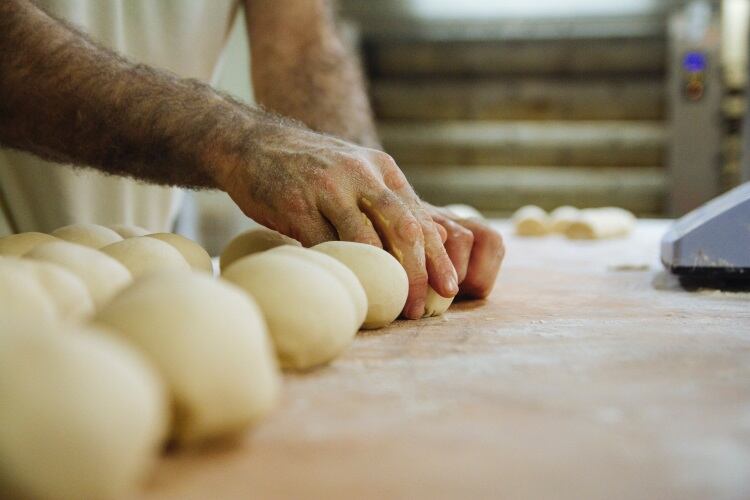
Businesses do not like waste. Waste costs money and uses resources that could be applied elsewhere. It takes up space and time and can, if it ends up in the wrong hands, cause untold damage to brand reputation and result in an environmental hazard.
On the flip side, eliminating waste from the supply chain entirely is an unrealistic goal. The trick is to ensure that any unavoidable waste is separated and processed responsibly in a way that unleashes its full potential.
According to the Waste and Resources Action Programme (WRAP), the food industry is responsible for almost twice as much food waste as householders.
The waste hierarchy tells us that after reducing our waste as far as possible, we should redistribute it for human or animal consumption (reuse), followed by recycling. Landfill should be the last resort.
Mandatory collection for businesses?
In its recent waste and resources strategy, the government called for mandatory collection of food waste from households across England to ensure that waste is treated appropriately.
If the model put in place replicates that in Scotland, it will not be long before businesses face the same requirements, A great deal of work is being done by retailers and bakeries to monitor and address unnecessary wastage, but there will always be some byproducts or ingredients that cannot be eliminated from the waste stream or redistributed.
Uncooked dough, for example, is a common byproduct that must be disposed of.
Items that are guaranteed free from animal products can safely be sent for animal feed. While most food-producing businesses are aware of this route, it can still be necessary to prompt waste management firms to pursue it. The main obstacle is the introduction of separate collections, which may not come as standard under an integrated waste management contract that uses one firm to collect waste as varied as manufacturing products and office stationery.
To put waste food to use effectively, either as animal feed or as a feedstock for anaerobic digestion, the first step is to separate it from other waste.
Follow the waste hierarchy
Amur – part of the AB Agri group (itself a division of Associated British Foods) – actively encourages its customers to follow the waste hierarchy and, where possible, divert material into its animal feed business.
Some waste management firms also offer this service although, typically, they will then broker the waste on to feed manufacturers such as Amur. Where there is any doubt over the inclusion of animal products, the best option will be anaerobic digestion (AD).
Anaerobic digestion is a form of renewable energy system, which uses microorganisms to break down biomass. This, in turn, produces biogas.
The biogas can be turned into electricity or fed directly into the national gas grid, while the compost-like digestate that results from the process can be used as a fertiliser.
There are 578 AD plants in the UK, of which 79 treat food waste. Between them, these plants produce enough gas to power over a million homes.
Although the process is relatively simple – it works in a similar way to a cow’s stomach – effective gas production depends on consistency. Frequent changes in diet upset the bugs that ‘eat’ the food waste, resulting in low gas yields. This can mean that valuable food waste is not achieving its potential or, in a worst-case scenario, plants may fail altogether.
Bakery waste
Bakery wastes are full of carbohydrate, and make up a good proportion of the staple diet for a food waste AD.
If managed correctly, uncooked dough and finished products can all be processed to generate good levels of gas.
Some products – such as pies and pastries – are high in fat.
On their own, these may cause issues with foaming inside the AD tanks, or bacterial inhibition, which prevents the bacteria from functioning, in much the same way as an antibiotic suppresses bacterial growth in the body.
Amur has developed a pretreatment process to extract the oils and fats, to make the waste more effective. The extracted fat is sent for biodiesel production, which gives it even greater value.
As well as operating its own AD plant in Yorkshire, Amur applies its nutritional expertise to helping over 100 other ADs across the UK, including sourcing the right feedstocks, managing laboratory tests, or advising on plant operation.
It could also be as simple as sourcing a particular type of food waste to counteract an imbalance, or lead to a total rehaul of the plant’s systems.
The government’s recent pledge to cut UK emissions to almost zero by 2025 is expected to drive a growth in anaerobic digestion, and bakery businesses can play an important part.
Collaboration between food-producing businesses and those managing feedstocks will result in a higher level of gas production and a more resilient, lower carbon economy for the UK.


